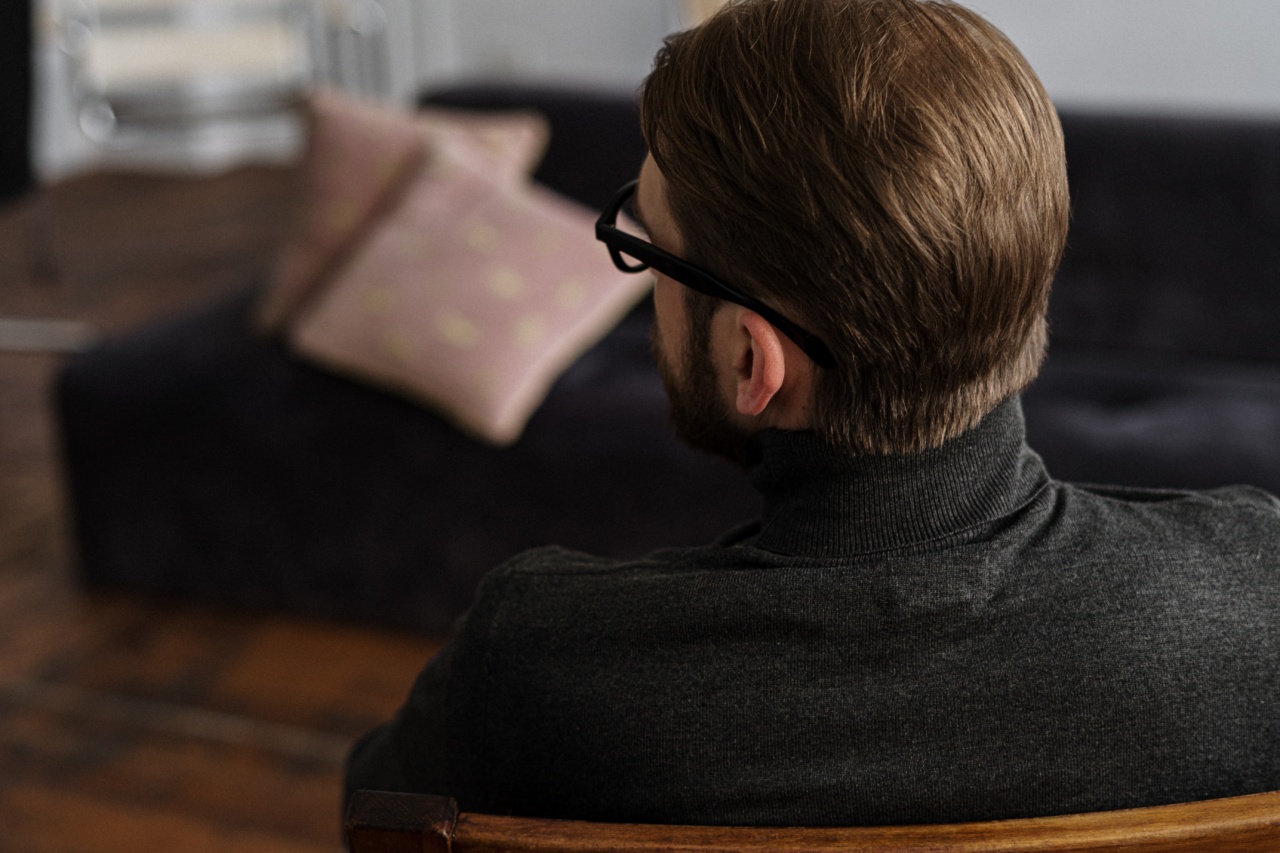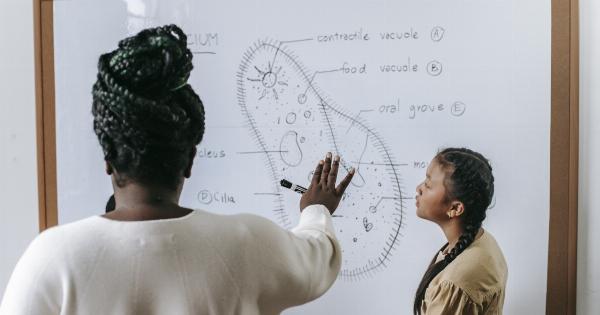Déjà vu, a French term meaning “already seen,” is a phenomenon that many people have experienced at least once in their lifetime.
It is a peculiar feeling of familiarity, as if an event or situation is being relived, even though it is being encountered for the first time. Déjà vu has fascinated scientists, psychologists, and researchers for centuries, leading to various theories and explanations regarding its occurrence.
In this article, we will delve into the psychology behind déjà vu, exploring its possible causes, cognitive processes involved, and potential implications.
What is Déjà Vu?
Déjà vu refers to the unsettling feeling of familiarity in a new situation. It often manifests as a sudden and unexpected sensation that the present moment has been experienced or witnessed before.
While déjà vu is a relatively common experience, its precise nature and mechanisms remain elusive and continue to be studied. The phenomenon can vary in intensity and duration, ranging from a fleeting moment of recognition to a prolonged sense of disorientation.
Causes and Triggers
Several factors may contribute to the onset of déjà vu. These triggers can differ among individuals and can include various sensory stimuli, mental states, and environmental conditions. Some common causes of déjà vu include:.
1. Memory-related Factors:.
One theory suggests that déjà vu may be linked to memory retrieval processes. It is speculated that subtle similarities between the current experience and past memories may activate the feeling of familiarity.
When certain elements in the present moment resemble those stored in memory, it can trigger the sensation of having already experienced the event.
2. Dual Processing and Coherence:.
Dual processing occurs when two cognitive processes, usually unconscious and conscious, overlap or occur simultaneously. Some researchers propose that déjà vu may arise from a temporary disruption in the synchrony between these processes.
This dissonance can lead to a peculiar sensation, as if the present moment is intersecting with a fragment of a previous experience.
3. Brain Malfunctions:.
Neurological abnormalities or malfunctions in the brain’s temporal lobe have also been associated with déjà vu experiences.
Certain conditions, such as epilepsy, migraines, or other brain disorders, can significantly increase the likelihood of experiencing déjà vu. The exact mechanisms through which these conditions trigger déjà vu are not yet fully understood and require further investigation.
The Brain and Déjà Vu
Scientific studies utilizing neuroimaging techniques have provided insights into the neural mechanisms involved in the experience of déjà vu.
Research suggests that the medial temporal lobe, especially the hippocampus and entorhinal cortex, plays a crucial role in déjà vu phenomena. These brain regions are involved in memory formation, retrieval, and recognition processes.
During déjà vu experiences, functional magnetic resonance imaging (fMRI) scans have shown increased activity in the medial temporal lobe. This heightened activation suggests a connection between déjà vu and memory-related processes.
However, it is essential to note that the precise neural mechanisms behind this correlation are still being investigated.
Types of Déjà Vu
Déjà vu experiences can generally be classified into three distinct types, namely déjà vecu, déjà senti, and déjà visite. Understanding these variations can shed light on the subjective nature and diversity of déjà vu phenomena:.
1. Déjà Vecu:.
Often referred to as “already lived,” déjà vecu is the most common type of déjà vu. It involves a strong sense of familiarity with the surrounding environment, people, and specific actions or sequences of events.
Individuals experiencing déjà vecu may believe they possess detailed prior knowledge of the current situation.
2. Déjà Senti:.
Déjà senti encompasses emotional or experiential déjà vu. Rather than focusing on the external environment, déjà senti involves a profound sense of familiarity with an internal emotional state or a particular sensation.
This type of déjà vu is characterized by strong feelings of nostalgia, familiarity, or a sense of “reliving” past emotions or experiences.
3. Déjà Visite:.
Déjà visite, also known as “already visited,” involves the sensation of having previously visited a place or location, despite it being a first-time experience.
Individuals may accurately recall specific details or experiences connected to the unfamiliar environment, inducing a perplexing feeling of having been there before.
Theories Explaining Déjà Vu
Throughout history, multiple theories have emerged to elucidate the mysterious nature of déjà vu. While none provide a definitive explanation, each offers valuable insights into understanding this perplexing phenomenon:.
1. Memory Recall Theory:.
This theory suggests that déjà vu occurs when current stimuli match stored memories, leading to a sense of familiarity. It posits that déjà vu is a result of overlapping or conflated memories, creating a misleading impression of a previous encounter.
2. Hologram Theory:.
The hologram theory draws upon the concept that memories are stored and retrieved as holographic representations within the brain.
According to this theory, déjà vu may arise from the brain’s interpretation of similarities between the current situation and fragments of stored memories, producing a sense of familiarity.
3. Neurological Dissonance Theory:.
Based on the hypothesis of cognitive dissonance, this theory suggests that déjà vu occurs when the brain expects a situation to be familiar, yet, simultaneously, it is perceived as novel.
The resulting conflict between the expected and actual familiarization leads to the déjà vu experience.
4. Attentional Anomaly Theory:.
According to the attentional anomaly theory, déjà vu arises when a minor discrepancy or anomaly occurs in the current environment, diverting attention away from the intended focus.
This momentary lapse in attention can create a feeling of confusion and familiarity simultaneously, giving rise to the sensation of déjà vu.
5. Parallel Processing Theory:.
The parallel processing theory posits that déjà vu occurs due to a temporary hitch in information processing.
It suggests that during familiar situations, the brain simultaneously processes sensory input in two streams: one faster and intuitive, and the other slower and analytical. Déjà vu may arise when these processing streams momentarily fall out of synchrony.
Memory and Déjà Vu
Memory plays a critical role in the experience of déjà vu. It is closely intertwined with cognitive processes, which contribute to the feeling of familiarity.
The human brain constantly processes, integrates, and stores vast amounts of information, allowing for the retrieval of past experiences when certain cues or triggers are present.
Memory recall involves three primary phases: encoding, storage, and retrieval. During encoding, experiences or events are converted into neural representations and stored in memory networks.
The stored memories are subsequently consolidated and organized in a manner that enables later retrieval when relevant stimuli are encountered. Déjà vu is believed to arise when retrieval cues mistakenly activate incorrect or irrelevant memory traces, giving rise to the feeling of familiarity.
Déjà Vu and Memory Errors
Déjà vu experiences have been linked to memory errors and distortions. When a retrieval cue activates irrelevant memory traces or when fragments of previous experiences intrude into current perceptions, it can lead to errors in memory recall.
These errors can result in a feeling of déjà vu, as individuals mistakenly attribute the familiarity to a prior exposure rather than an internal cognitive process.
Research suggests that déjà vu may be more common among individuals who experience memory-related disorders, such as individuals with epilepsy or individuals receiving certain medications.
These populations often exhibit heightened susceptibility to memory errors, leading to a higher frequency of déjà vu episodes.
The Relationship Between Déjà Vu and Memory Formation
Déjà vu is closely tied to the intricate processes of memory formation. Memory exists in various forms, such as episodic, semantic, and procedural memory.
Déjà vu is primarily associated with episodic memory, which involves the ability to recall specific autobiographical experiences, including the time, place, emotions, and associated details.
Research indicates that déjà vu is more likely to occur during situations where memories are being formed actively. This finding suggests a potential link with the encoding and consolidation phases of memory formation.
It is possible that déjà vu arises when there is a discrepancy between the encoding of an experience and its subsequent retrieval, leading to a sense of familiarity without a corresponding explicit memory.
Déjà Vu and the Unconscious Mind
Déjà vu experiences have sparked interest in the role of the unconscious mind and its influence on cognitive processes. During déjà vu, individuals often lack a conscious memory of the supposed prior encounter or experience.
This observation gives rise to the question of whether déjà vu arises from unconscious memories or processes that operate below the level of conscious awareness.
The unconscious mind encompasses various mental processes that occur without conscious effort or awareness.
Some researchers propose that déjà vu may result from the rapid and automatic processing of environmental cues, which slip into awareness and create a sense of recognition or familiarity. These cues may be embedded in the external environment or may originate from internal mental states, contributing to the enigmatic nature of déjà vu.
Déjà Vu and the Simulation Hypothesis
The simulation hypothesis proposes that our reality is a highly advanced and intricate simulation. According to this hypothesis, déjà vu experiences may be glitches or hiccups in the simulated reality.
These hiccups could result from errors or discrepancies in the programming of the simulation, leading to a sense of familiarity or repetition.
While the simulation hypothesis is speculative and falls within the realm of philosophy, it offers a unique perspective on the nature of déjà vu and raises intriguing questions about the fabric of reality and human consciousness.
The Significance of Déjà Vu
The phenomenon of déjà vu has captivated the human imagination for centuries and continues to fascinate researchers and psychologists alike.
While déjà vu experiences are generally harmless and fleeting, they provide valuable insights into the complexities of memory, perception, and cognition.
Studying déjà vu can enhance our understanding of the mechanisms underlying memory formation and recall, as well as the intricate interplay between conscious and unconscious mental processes.
Further exploration of this phenomenon may contribute to advancements in fields such as neuroscience, psychology, and cognitive science.
Additionally, déjà vu experiences have a psychological and emotional impact on individuals. Some individuals find the sensation unsettling, while others may feel a sense of intrigue or curiosity.
Understanding and exploring these emotional responses can shed light on the subjective experience of déjà vu and its potential links to human consciousness.
Potential Applications and Future Research
The study of déjà vu has several potential applications and implications across various disciplines. Future research may focus on:.
1. Clinical Applications:.
Investigating the relationship between déjà vu and neurological disorders, such as epilepsy, Alzheimer’s disease, or schizophrenia, can provide valuable insights into clinical diagnostics or therapeutic interventions.
2. Memory Rehabilitation:.
Exploring how individuals who struggle with memory impairments experience déjà vu can aid in the development of memory rehabilitation techniques and interventions.
3. Artificial Intelligence:.
The simulation hypothesis raises questions about the role of AI in creating simulated realities and potential implications for human experiences.
Understanding and applying findings from déjà vu research can contribute to the improvement of AI algorithms and immersive simulations.
4. Understanding Consciousness:.
Investigating the intricate relationship between déjà vu, memory, and consciousness can contribute to our understanding of the nature and mechanisms of human consciousness.
Conclusion
Déjà vu remains an intriguing and enigmatic phenomenon in the realm of human experience.
While its precise causes and mechanisms continue to elude researchers, progress has been made in shedding light on the psychology underlying this peculiar sensation.
From memory-related factors to brain malfunctions, various theories attempt to explain the occurrence of déjà vu.
The involvement of memory processes and the brain’s temporal lobe, coupled with the subjective nature of déjà vu experiences, necessitate further research and investigation.
By unraveling the mysteries of déjà vu, scientists and psychologists can deepen our understanding of memory formation, cognitive processes, and the fascinating interplay between conscious and unconscious mental states.
Déjà vu, with its intrinsic connection to memory and familiarity, has the potential to unlock the secrets of human cognition and consciousness.




























